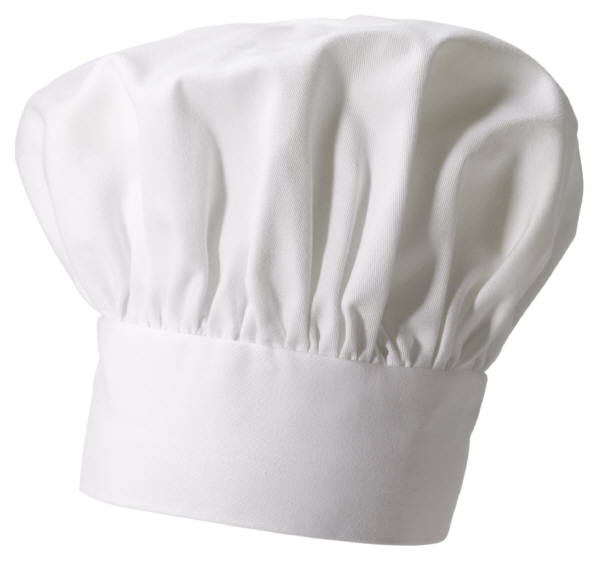 As the title suggests, this is part two of the article. You can find part one by clicking here.
As the title suggests, this is part two of the article. You can find part one by clicking here.
#4 – The Weakest Link Problem
This happens when a particular chef on the line isn’t (for whatever reason) performing up to the standards of the overseeing chef, usually the Chef de Cuisine. Since, as earlier explained, it is essential that all the various stations can work in consort, when one team member isn’t sufficiently pulling their weight that can inhibit flow.
Chef Gilligan tells the story of one famous old-school chef who will remain anonymous. This chef “would get very upset if things weren’t absolutely perfect. The vegetable had to be perfectly cut into a fine julienne – two and a half inches long, one sixteenth of an inch by one sixteenth of an inch. And if every single carrot was not identical to a perfect matchstick, which was cut by machine, he would say, ‘What is this crap!’ And he would throw it in the trash immediately. And you would have to start over. Now, the cook has a certain amount of time to get all of the mise en place ready. ‘Mise en place’ means ‘everything in its place,’ so [that’s] all of his ingredients that he needs to execute service at a high level. And if things don’t go well with each individual cook, what happens is that cook gets flustered. And when a cook gets flustered, it compounds itself in such a manner that it is totally overwhelming on the cook. It best resembles a dog chasing its tail. You’re going nowhere fast. And that’s when the Chef de Cuisine really gets upset, because now the chef has to go back and do the guy’s job for him.”
#5 – Egomania Does Exist
So are problems on the line always the fault of an inexperienced or ineffective cook on the line? Chef Gilligan says, hardly.
Although he’s probably one of the most amiable and unassuming chefs I’ve ever had the privilege of knowing he freely admits, “In my experience, I have let my pride, my ego, get in the way of an open mind. And an open mind is a mind that accepts criticism from the people below, accepts suggestions from the people below. So I’ve seen that, with myself and with many other chefs that I have worked with, especially at the management level – at the Executive Chef level in hotels and restaurants.”
#6 – But the Tide is Changing—Definitely
Now if you’re thinking the majority of head chefs out there are tyrannical, egomaniacal overlords you’d be wrong. In fact, the majority of the top chefs in the country right now, like Thomas Keller, David Burke and Eric Ripert are not prone to screaming and yelling. In fact, Chef Eric Ripert of Le Bernardin in New York City is known for embracing a more inclusive and collaborative approach in the kitchen. Chef Martin explains says, “[He] has a reputation of inviting ideas to come from below. He takes those ideas and uses those ideas as a seed to executing perfection. When a cook…comes up with an idea for a dish, and the chef takes that and runs with it and really sees it come into fruition – the level of teamwork is unbelievable. Also, the level of confidence in the cook is unbelievable, it gets raised unbelievably. And then, if the level of confidence in the cook is there, he could execute his job because he believes in himself then.”
So what are we to make of the fact that the archetype of the angry, yelling chef is so popular in the zeitgeist of today? Answer: take it with a grain of salt. In reality, it probably has much more to do with reality TV and ratings than accurately portraying how the most successful and productive chefs manage their kitchens nowadays. And as for Gordon Ramsay himself, Chef Martin Gilligan had the honor of meeting him when he hosted the Silver Spoon Award for Food Arts Magazine in 1996 and says he was “the most gentle guy in the world, the kindest guy in the world.” In Chef Martin’s opinion, “When he gets on that Hell’s Kitchen show, he is literally taking what this article is kind of talking about, he’s taking that old style of kitchen management and he is bringing it into light and bringing it into this next generation, where it’s really not accepted at all.”
Learn about our real-world approach to training people in the culinary arts from inside the industry.





